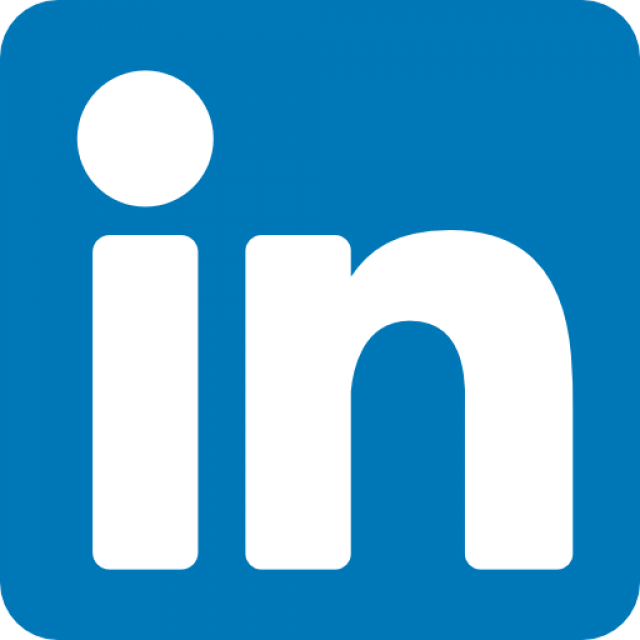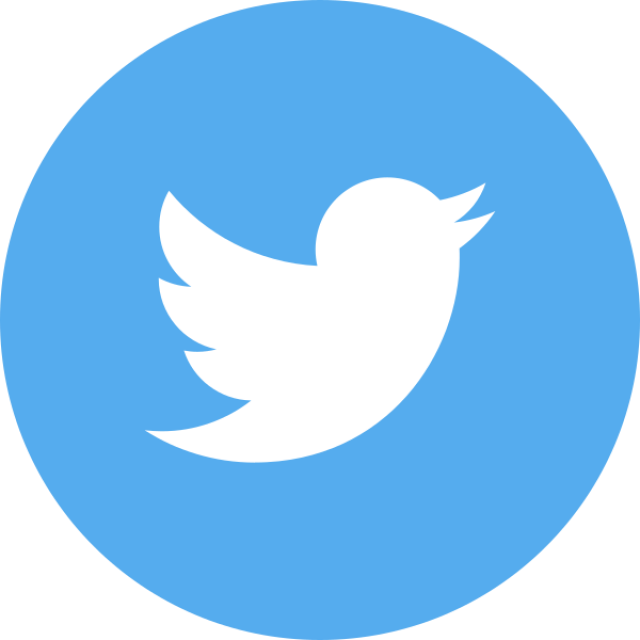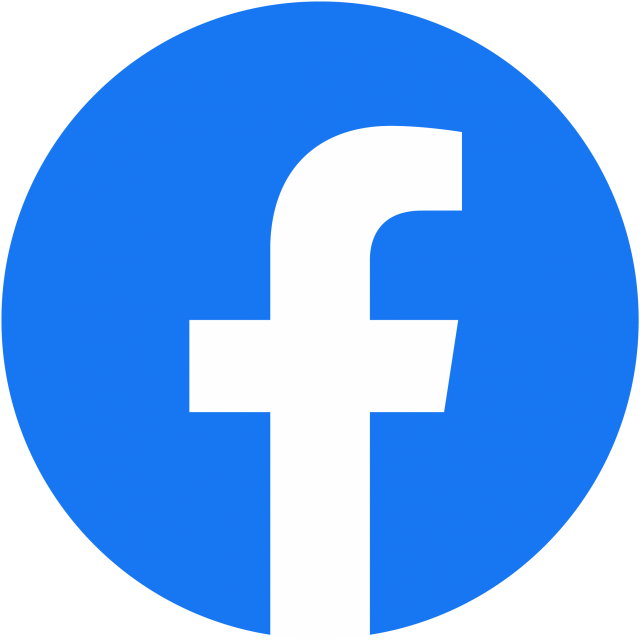Microplastics
Microplastics – plastic debris measuring less than 5 millimeters – are an increasing water quality concern. They enter waterways and oceans as industrial microbeads from various consumer products or larger plastic litter that degrades into small bits.
Microbeads have been used in exfoliating agents, cosmetic washes and large-scale cleaning processes. Microplastics are used pharmaceutically for efficient drug delivery to affected sites in patients’ bodies and by textile companies to create artificial fibers.
Part of their appeal to hygienic and medical interests is their tendency to absorb surrounding chemicals and later release them. This quality makes microplastics ideal as small commercial sponges, but poses a hazard as water contaminants, potentially carrying harmful chemicals through the food chain as they are ingested.
Challenges of Removing Microplastics
Microplastics disperse easily and widely throughout surface waters and sediments. UV light, microbes and erosion degrade the tiny fragments, making them even smaller and more difficult for wastewater treatment plants to remove.
The particles, usually made of polyethylene or polypropylene plastic, take thousands of years to biodegrade naturally. It takes prohibitively high temperatures to break microplastics down fully. Consequently, most water treatment plants cannot remove them.
The health effects of consumption are currently under investigation.
Responses
Many advocacy groups have published lists of products containing microbeads to curb their purchase and pollution.
The U.S. Environmental Protection Agency regulates microbeads in industrial, but not domestic, wastewater.
Federal law required microbeads to be phased out of rinse-off cosmetics beginning in July 2017. Dozens of states also regulate microbeads in products. California has the strictest limitation, prohibiting even the use of biodegradable microbeads.
Microplastics in California Water
In 2019, the San Francisco Estuary Institute published a study estimating that 7 trillion pieces of microplastic enter San Francisco Bay annually from stormwater runoff, about 300 times the amount in all wastewater treatment effluent entering the bay.
California lawmakers in 2018 passed a package of bills to raise awareness of the risks of microplastics and microfibers in the marine environment and drinking water. As directed by the legislation, the State Water Resources Control Board in 2020 adopted an official definition of microplastics in drinking water and in 2022 developed the world’s standardized methods for testing drinking water for microplastics.
The water board was expected by late 2023 to begin testing for microplastics in untreated drinking water sources tapped by 30 of the state’s largest water utilities. After two years, the testing was expected to extend to treated tap water served to consumers. A progress report and recommendations for policy changes or additional research are required by the end of 2025.
Updated May 2024











